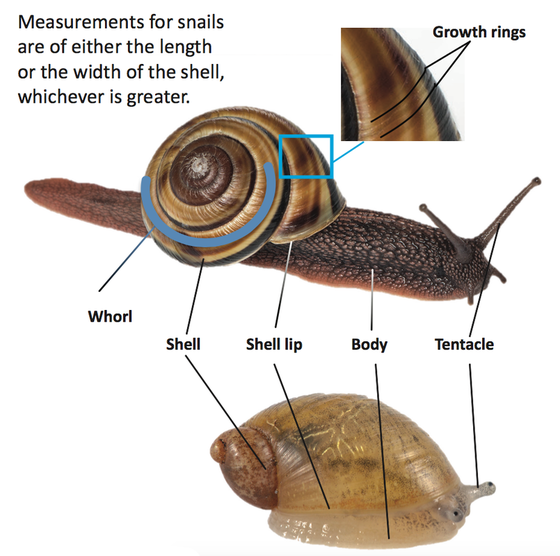Introduction
Garden snails are fascinating creatures that often catch the attention of gardeners and nature enthusiasts alike. Understanding the typical size of garden snails is essential not only for identification but also for managing their presence in your garden. This article explores the average size of garden snails, factors influencing their growth, and how their size relates to their behavior and impact on plants.
What Is the Typical Size of Garden Snails?
The most common garden snail species, Cornu aspersum (previously Helix aspersa), typically measures between 25mm to 40mm (1 to 1.6 inches) in shell diameter when fully grown. The shell length can vary slightly depending on environmental conditions and nutrition.
Size Variations Among Different Species
- Common Garden Snail (Cornu aspersum): 25-40mm shell diameter.
- Roman Snail (Helix pomatia): Larger at 30-50mm in diameter.
- Brown-lipped Snail (Cepaea nemoralis): Smaller, generally around 18-25mm.
These sizes reflect mature adults; juveniles can be significantly smaller, often just a few millimeters when newly hatched.
Factors Affecting Garden Snail Size
Several factors influence how large garden snails grow:
- Nutrition: Access to calcium-rich food sources like leafy greens helps develop larger, stronger shells.
- Habitat Conditions: Moist, shaded environments promote better growth by reducing water loss.
- Genetics: Different species and even subspecies have inherent size differences.
- Age: Older snails tend to be larger; growth slows significantly after maturity.
Impact of Environmental Stress
Harsh conditions such as drought or limited food supply can stunt growth, resulting in smaller-than-average snails.
Why Does Garden Snail Size Matter?
Understanding snail size helps gardeners and researchers in multiple ways:
- Identification: Accurate size measurements assist in distinguishing between pest species and harmless native snails.
- Pest Management: Larger snails generally consume more plant material, so size can indicate potential garden damage.
- Ecological Insight: Size influences mobility and reproductive capacity, affecting population dynamics.
How to Measure Garden Snail Size Accurately
If you want to measure garden snails yourself, follow these steps:
- Gently collect the snail and place it on a flat surface.
- Use a ruler or caliper to measure the widest part of the shell (shell diameter).
- Measure the shell height from base to apex for length.
- Record the measurements in millimeters for precision.
Be sure to handle snails carefully to avoid harm.
Tips for Gardeners Managing Snail Populations
- Monitor Size and Numbers: Larger snails can cause more damage, so identifying size helps prioritize control efforts.
- Provide Calcium Sources: If you want to encourage healthy snail shells for ecological balance, add crushed eggshells or limestone.
- Use Barriers and Traps: Size knowledge helps design barriers and traps that target typical snail dimensions.
Conclusion
Garden snail size varies by species, environment, and age, with most common garden snails measuring between 25mm and 40mm in shell diameter. Recognizing these size ranges helps gardeners identify snails accurately and assess their potential impact on plants. By understanding the factors that influence growth and how to measure snails properly, you can better manage their presence in your garden. Whether aiming to protect your plants or simply appreciating these unique mollusks, knowing about garden snail size enhances your connection to the natural world around you.
